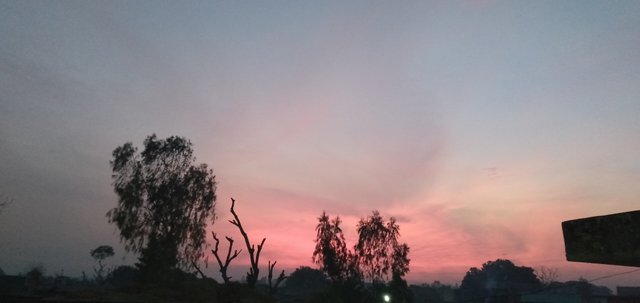A beautiful village

A town is a bunched human settlement or network, bigger than a villa yet littler than a town, with a populace extending from a couple of hundred to a couple of thousand. In spite of the fact that towns are frequently situated in country zones, the term urban town is likewise connected to certain urban neighborhoods. Towns are typically changeless, with fixed residences; in any case, transient towns can happen. Further, the homes of a town are genuinely near each other, not dissipated extensively over the scene, as a scattered settlement.
Before, towns were a standard type of network for social orders that training subsistence horticulture, and furthermore for some non-rural social orders. In Great Britain, a villa earned the privilege to be known as a town when it fabricated a church.[1] In numerous societies, towns and urban areas were not many, with just a little extent of the populace living in them. The Industrial Revolution pulled in individuals in bigger numbers to work in plants and production lines; the centralization of individuals made numerous towns develop into towns and urban areas. This likewise empowered specialization of work and artworks, and improvement of numerous exchanges. The pattern of urbanization proceeds, however not generally regarding industrialization.
Albeit numerous examples of town life have existed, the normal town is frequently little, comprising of maybe 5 to 30 families. Truly homes were arranged together for amiability and guard, and land encompassing the living quarters was cultivated. Customary angling towns depended on craftsman angling and found nearby angling grounds.